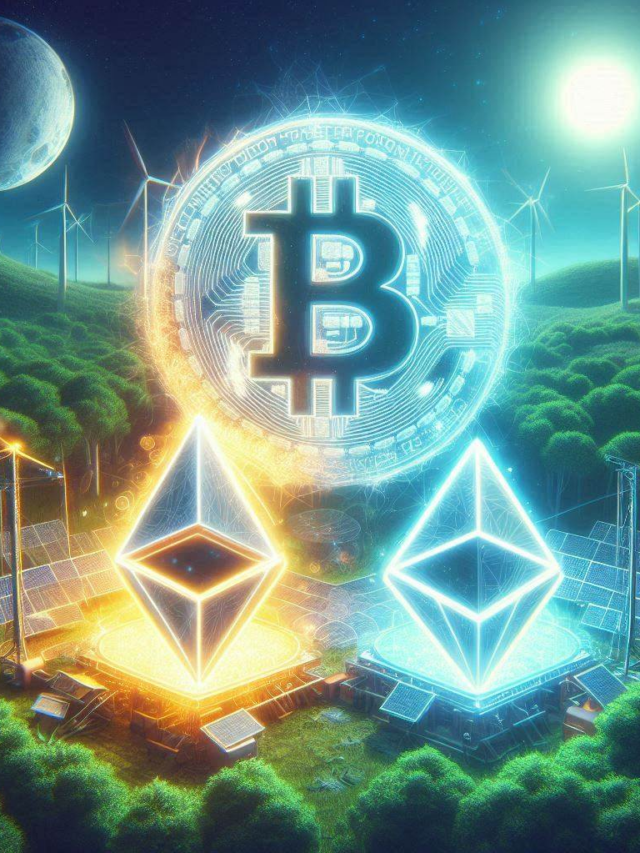Despite strong community support and over 2 million votes, Pi Network’s native token still lacks a listing on Binance as of April 2025. The project’s goal of making crypto mining accessible through smartphones quickly attracted millions, but skepticism remains. Critics point to issues like centralized control and unclear tokenomics.
Binance has its reasons for not listing Pi, including blockchain compatibility issues and concerns about transparency and regulation. Although Pi has gained some traction on smaller exchanges, its Market value has plummeted, and liquidity remains low. The future of Pi Network could hinge on creating a self-sustaining ecosystem rather than relying on major exchange support to thrive.
No Binance Listing for Pi: Community Buzz but No Action
Despite fierce support from its user community, the Pi Network’s token is still not listed on Binance, as of April 2025. Over 2 million users voted in favor of pursuing a listing on Binance, which is the world’s largest cryptocurrency exchange by trading volume. However, the token remains absent from the exchange, leaving many users frustrated.
Launched with the ambitious goal of making cryptocurrency mining accessible via smartphones, Pi Network quickly attracted millions of users. This surge created high expectations for a listing on major exchanges like Binance. However, concerns have arisen surrounding the project’s integrity and transparency.
Why is Pi Not on Binance?
There are several reasons behind Pi Network’s exclusion from Binance:
-
Blockchain Compatibility: Binance’s listing criteria favor projects built on its BNB Smart Chain. Since Pi operates on its own blockchain, it doesn’t meet this requirement.
-
Transparency Issues: Binance demands clear disclosures about token economics, which Pi has yet to provide. Without transparency, it’s hard for the exchange to assess the token’s integrity.
- Regulatory Concerns: In some regions, Pi Network has faced scrutiny for operating in a way that resembles multilevel Marketing, introducing regulatory risks that exchanges prefer to avoid.
Market Challenges for Pi Token
Since missing out on Binance, the price of Pi has experienced significant drops, currently around $0.56—a staggering 80% decline from its all-time high. Other platforms like OKX and MEXC list Pi, but they can’t match Binance’s exposure and liquidity. As a result, Pi struggles to gain traction in the Market.
Pi’s price movements have been unstable, often driven by speculation around mainnet rumors. While the Pi Core Team is working on enhancing transparency and regulatory compliance, it’s still uncertain if these efforts will be enough to persuade Binance or other top exchanges to consider a listing.
Can Pi Succeed Without Major Listings?
There are two sides to this question:
Community Power: Pi Network benefits from a massive user base, potentially allowing it to thrive without traditional exchange listings. The team is promoting real-world applications through events like PiFest, which saw over 125,000 merchants interested in accepting Pi as a currency.
Fragility of the Ecosystem: On the downside, the network is vulnerable to challenges, such as a significant increase in token supply and migration issues that many users face in accessing their coins. The lack of transparency from the team adds to user dissatisfaction, leading to skepticism about Pi’s potential.
In conclusion, while Pi Network doesn’t necessarily need Binance to exist, its chances of thriving are significantly dependent on securing that crucial exchange support. The path ahead is filled with challenges, and whether it can shift from a speculative coin to a functioning digital currency remains to be seen. Ultimately, for Pi Network to excel, it must not only build trust within its community but also establish itself effectively in the broader cryptocurrency landscape.
Tags: Pi Network, Binance, cryptocurrency, token listing, digital currency.
What is Bitcoin?
Bitcoin is a type of digital money that was created in 2009. It works without a central bank or single administrator. People can send and receive Bitcoin over the internet. It uses a technology called blockchain to keep track of all transactions securely.
What is Ethereum?
Ethereum is another popular cryptocurrency, launched in 2015. Unlike Bitcoin, Ethereum allows developers to create applications on its network using smart contracts. These are self-executing contracts with terms directly written into code. It has its own digital coin called Ether.
How does blockchain technology work?
Blockchain technology is a digital ledger that records transactions across many computers. Each block in the chain contains a list of transactions. Once a block is filled, it is linked to the previous block, creating a secure chain. This makes it hard to change any information without consensus from the network.
Why are Bitcoin and Ethereum important?
Bitcoin and Ethereum are important because they offer new ways to handle money and data online. They provide more control and transparency compared to traditional systems. This can lead to financial inclusion and innovation in various sectors like finance, gaming, and supply chain management.
Where can I buy Bitcoin and Ethereum?
You can buy Bitcoin and Ethereum on many online platforms called exchanges. Some popular ones include Coinbase, Binance, and Kraken. You will need to create an account, verify your identity, and link a payment method to start buying and trading cryptocurrencies.





